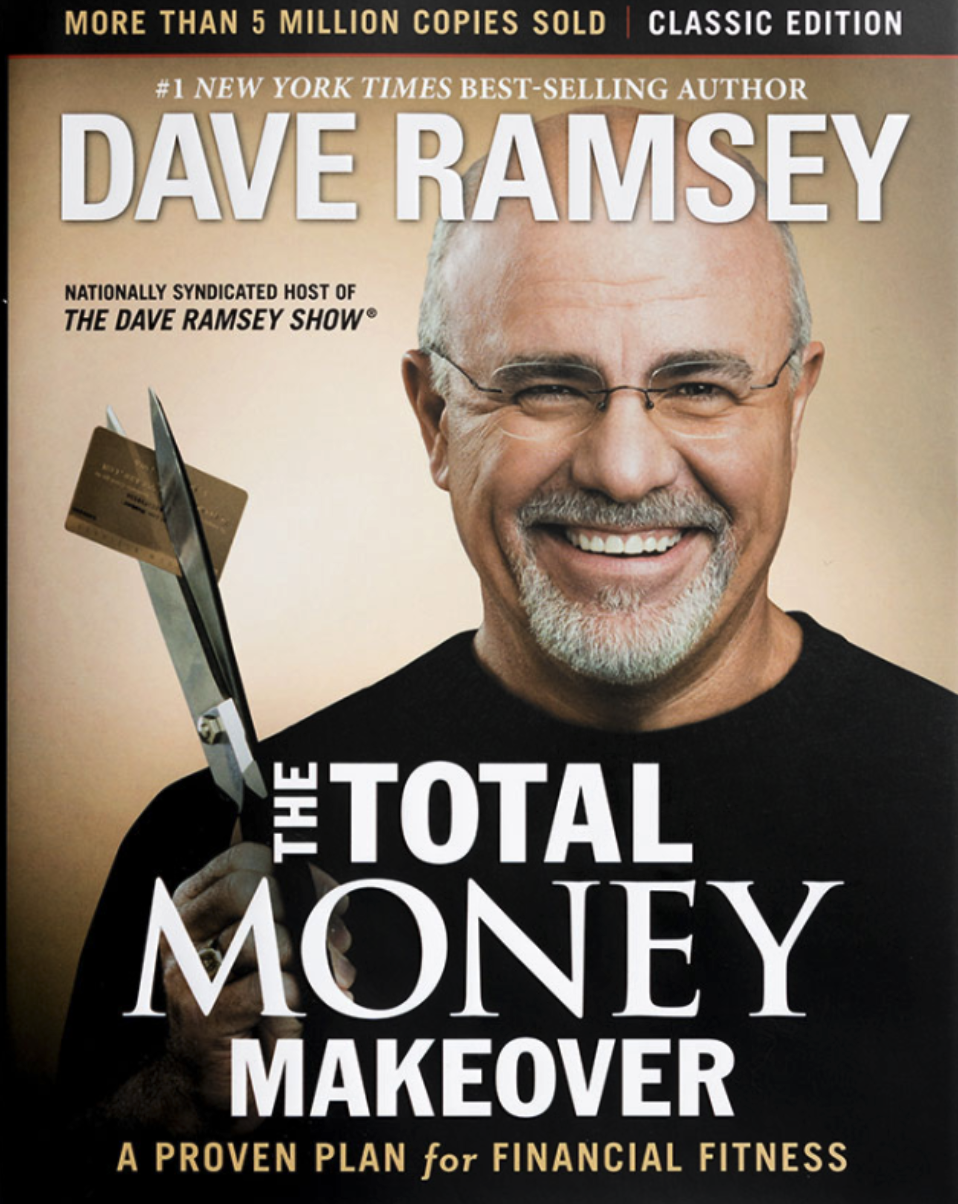Introduction
Dave Ramsey is a well-known personal finance expert, radio show host, and best-selling author whose advice has helped millions of people gain control over their finances. He is especially famous for his “7 Baby Steps”, a simple, step-by-step plan that aims to guide individuals and families toward financial freedom. Ramsey’s approach focuses on getting out of debt, saving for the future, and building wealth.
In this article, we’ll break down Ramsey’s 7 Baby Steps, discuss their importance, and how they fit into the larger picture of financial planning.
Baby Step 1: Save $1,000 for Your Starter Emergency Fund
The first step is to save a small emergency fund of $1,000 as quickly as possible. This fund serves as a cushion against life’s unexpected expenses—like a car repair, medical bill, or minor home repair—that would otherwise cause you to rely on credit cards or loans.
The $1,000 emergency fund may not cover major emergencies, but it’s enough to handle smaller issues and prevent you from accumulating new debt while working through the rest of the steps.
Baby Step 2: Pay Off All Debt (Except the House) Using the Debt Snowball
After securing your starter emergency fund, the next step is to tackle your debt. Ramsey advocates using the Debt Snowball Method, which prioritizes paying off the smallest debt balances first, regardless of the interest rate. You list all your debts, from smallest to largest, and attack the smallest balance first while making minimum payments on the rest.
This strategy helps build momentum. By eliminating small debts quickly, you feel a sense of accomplishment and motivation to keep going until you’re debt-free. According to Ramsey, this psychological win is more powerful than saving money through interest rate prioritization.
Baby Step 3: Save 3 to 6 Months of Expenses in a Fully Funded Emergency Fund
Once you’re debt-free (except for your mortgage), it’s time to beef up your emergency savings. In this step, you’ll save three to six months’ worth of living expenses to cover potential larger emergencies, such as job loss or unexpected major medical costs. This fully funded emergency fund ensures that you can handle bigger financial storms without falling back into debt.
Baby Step 4: Invest 15% of Your Household Income in Retirement
With your emergency fund fully in place, the next focus is building long-term wealth. Ramsey advises contributing 15% of your household income to retirement accounts such as 401(k)s, IRAs, or Roth IRAs. By this step, you’ve already tackled debt and built a financial safety net, so you can focus on securing your future.
Ramsey stresses the importance of investing in growth stock mutual funds for long-term stability and growth, which can help your retirement savings grow over time.
Baby Step 5: Save for Your Children’s College Fund
For those with children, the next priority is saving for their education. Ramsey suggests opening an Education Savings Account (ESA) or a 529 college savings plan to build a dedicated college fund for your kids. He emphasizes avoiding student loan debt by preparing early and giving your children a solid financial start.
Baby Step 6: Pay Off Your Home Early
With no other debts to worry about, Ramsey now recommends focusing on paying off your mortgage early. By directing extra payments toward your home loan, you can become completely debt-free and eliminate your largest monthly expense. The goal is to live mortgage-free, freeing up even more of your income to save, invest, or enjoy life.
Baby Step 7: Build Wealth and Give Generously
The final step in Ramsey’s plan is to build wealth and give generously. Once you’ve paid off all your debt and secured your financial future, Ramsey encourages people to give back—whether that’s through charitable donations, helping others, or supporting causes you believe in. With no debt and a steady flow of income, you can truly enjoy financial freedom while leaving a legacy for future generations.
Why Dave Ramsey’s Baby Steps Work
- Simplicity and Focus: One reason Ramsey’s plan resonates with so many people is that it’s simple and easy to follow. Instead of trying to do everything at once, you work on one financial goal at a time, which helps maintain focus.
- Behavioral Change: Ramsey’s method focuses heavily on behavior and psychology. By addressing the emotional aspects of money, especially through the Debt Snowball Method, his approach helps individuals stay motivated.
- Debt-Free Living: A core belief of Dave Ramsey is that debt is a hindrance to financial freedom. His steps prioritize debt elimination as a critical component of building wealth.
- Building Wealth and Giving Back: Ramsey emphasizes that wealth is not just about accumulating money, but also about using it wisely and generously. This final step encourages people to use their financial success to impact their communities and families positively.
A straightforward roadmap to financial security
Dave Ramsey’s 7 Baby Steps provide a straightforward roadmap to financial security. The step-by-step approach empowers individuals to take control of their money, eliminate debt, and build a future full of financial freedom. Whether you’re just getting started on your personal finance journey or looking to fine-tune your strategy, these steps offer a proven guide to success. By following these principles, you can not only gain financial independence but also reach a point where you can give generously and live a life of abundance.
